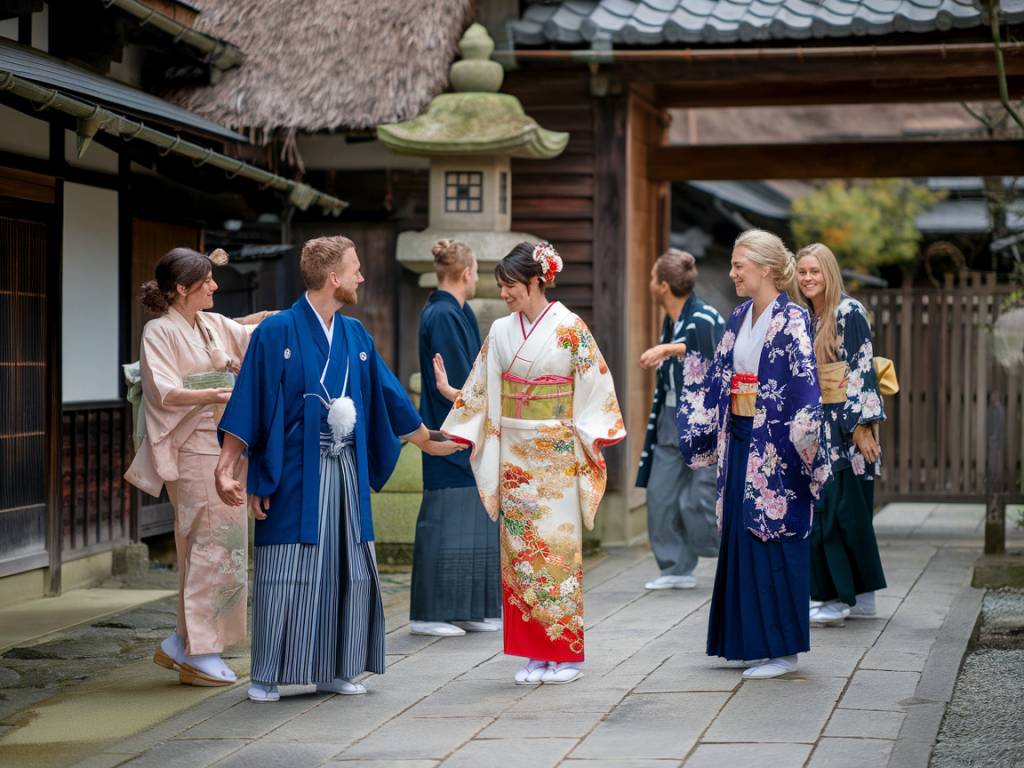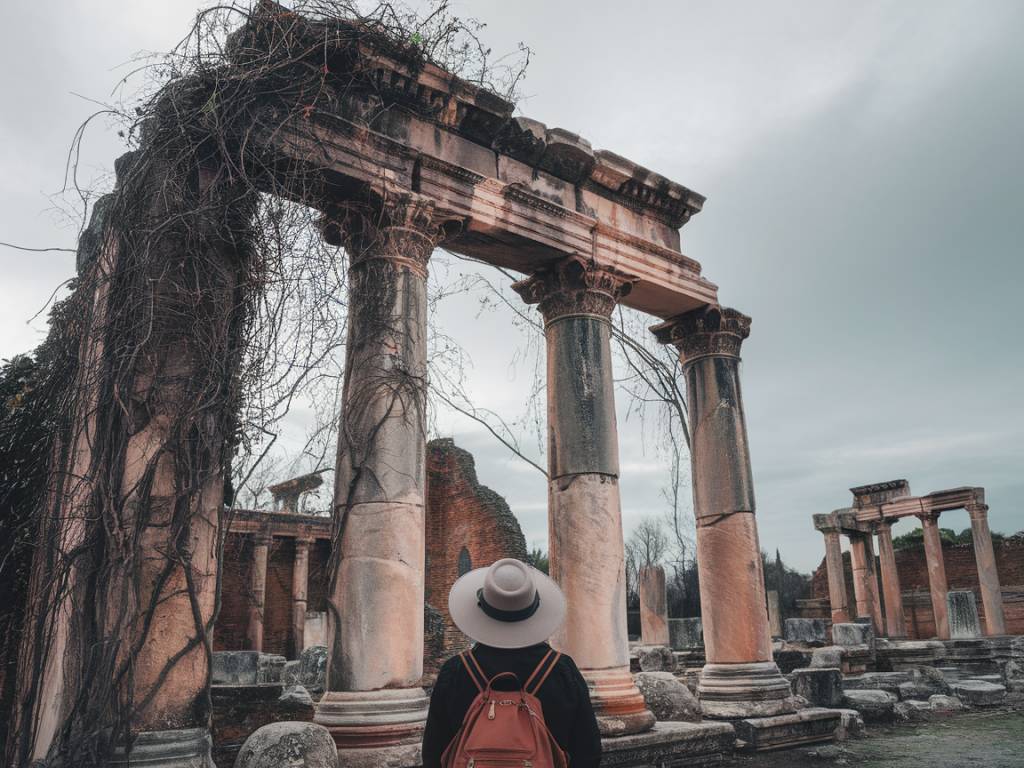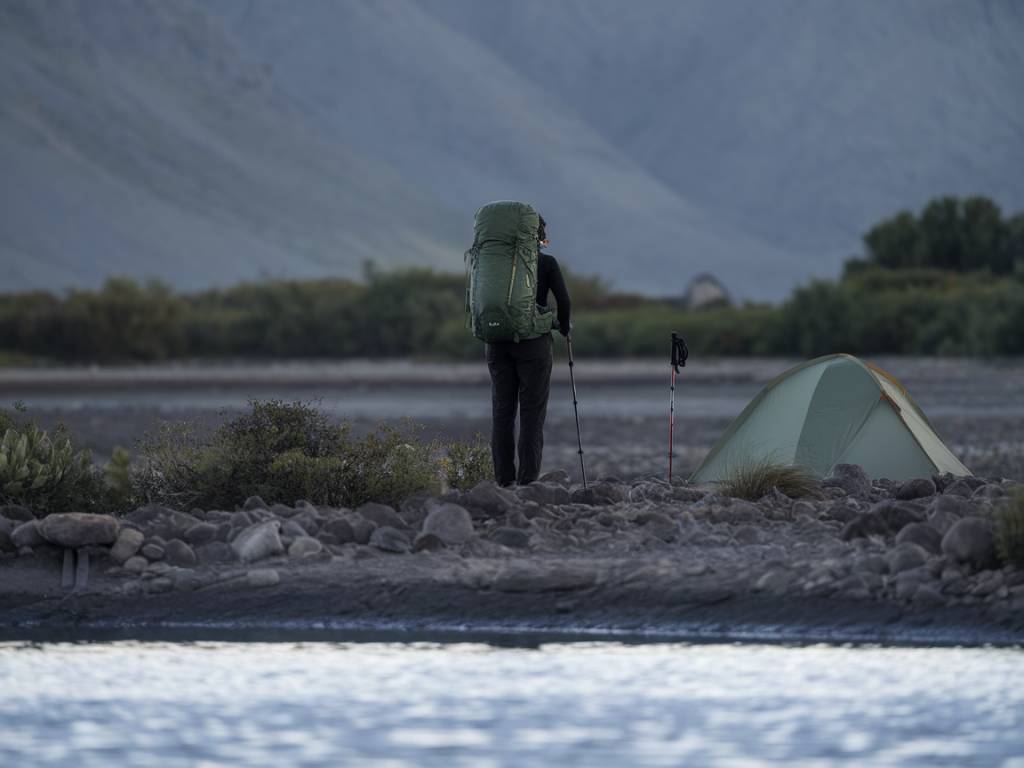Discovering the Hidden Cultural Villages of Europe
Europe’s charm doesn’t stop at its grand capitals or iconic landmarks. Beyond the well-trodden tourist paths lie numerous hidden gems—small villages rich in heritage, culture, and authenticity. Spending a week traveling through these lesser-known cultural villages is an opportunity to engage deeply with Europe’s history, craftsmanship, and local traditions.
Why Choose Hidden Villages in Europe for Your Cultural Trip?
Traveling through small, lesser-known villages offers a unique perspective of European culture. These destinations often preserve ancient customs, traditional crafts, and languages rarely heard elsewhere. From the cobbled streets of the Balkans to the colorful half-timbered homes in rural France, each village tells a compelling story far removed from the usual tourist narrative.
Opting for this kind of off-the-beaten-path itinerary also allows for authentic interactions with local residents, fewer crowds, and a slower pace—factors increasingly valued by mindful travelers looking for meaningful experiences. In an age of mass tourism, the hidden cultural villages of Europe remain a refreshing alternative.
Best Time to Explore Europe’s Village Life
The ideal time to visit European villages varies depending on the region. Late spring (May to June) and early autumn (September to October) are excellent choices. During these shoulder seasons, the weather is generally mild, and many cultural festivals take place, providing an immersive insight into local traditions without the throngs of summer tourists.
Regional Highlights: A Week-Long Itinerary Across Hidden Cultural Villages
France: Eguisheim, the Alsatian Star
Nestled in the heart of the Alsace wine route, Eguisheim is a storybook village that combines Franco-German heritage with medieval architecture. Circular in design, the village invites visitors to stroll through narrow lanes bordered by colorful half-timbered houses meticulously decorated with flowers.
Eguisheim is celebrated for its wine-making tradition, particularly its renowned Alsatian Riesling. Visiting a local cellar here isn’t just a tasting experience—it’s a glimpse into centuries-old viticultural practices handed down through families.
Italy: Dozza, Where Art Embellishes Everyday Life
Located near Bologna, the fortified hill town of Dozza might be small, but its cultural legacy is bold. Its most distinctive feature? Murales. Every two years, Dozza hosts the Biennale del Muro Dipinto, an event during which artists from around the world turn its walls into open-air canvases.
Besides art, Dozza offers excellent local cuisine and is home to the regional wine cellar of Emilia-Romagna, situated inside the town’s old fortress. Sampling Lambrusco or Albana inside a medieval setting is an experience not soon forgotten.
Portugal: Monsanto, the Stone Village
Monsanto is a striking village perched on a granite hill in central Portugal. Known as the « most Portuguese village of Portugal, » it is characterized by houses wedged between—and sometimes under—giant boulders. This integration of architecture and landscape tells a fascinating tale of survival and adaptation.
The village remains largely untouched by modern development, preserving a deeply authentic atmosphere. Visitors can explore historic windmills, the remnants of a medieval castle, and enjoy sweeping views of the countryside.
Slovenia: Šmartno, the Hidden Jewel of the Brda Wine Region
Often overshadowed by its more prominent neighbors, Slovenia is home to some of the most picturesque villages in Europe, with Šmartno standing out for its cultural richness. Located in the Brda region—known for top-quality wines and rolling hills reminiscent of Tuscany—Šmartno is a walled village steeped in Venetian-Gothic influences.
Local traditions are kept alive through folk music, artisan crafts, and winemaking. Travelers can explore its narrow alleys, interact with local artists, and enjoy freshly prepared Slovenian cuisine made with farm-to-table ingredients.
Romania: Viscri, Where Time Stands Still
Part of the mountainous region of Transylvania, Viscri is a UNESCO World Heritage village embraced by rolling pastures and fortified churches. Though it gained some international attention thanks to the involvement of King Charles III of the United Kingdom, the village has not lost its historical character.
Viscri is known for its traditional Saxon houses, handmade pottery, and a vibrant community invested in sustainable tourism. Horse-drawn carriage rides, visits to blacksmith workshops, and stays in eco-friendly guesthouses make for an inspiring rural escape.
Activities Not to Miss in Europe’s Cultural Villages
Each village offers unique experiences that help travelers connect deeply with the local way of life. Some of the most enriching activities include:
- Participating in traditional cooking classes using local ingredients
- Visiting family-run vineyards or farms to understand artisanal production
- Taking part in seasonal festivals celebrating history, music, and folklore
- Shopping from local artisans—textiles, ceramics, and handcrafts abound
- Exploring natural surroundings through hiking or cycling trails
Practical Tips for Planning Your Village Escape in Europe
Traveling through Europe’s lesser-known villages requires a bit more planning than a typical city trip. Here are some key tips to make the most of your journey:
- Transport: Renting a car often offers the greatest flexibility, as many villages are not well connected by public transportation. Make sure to have a GPS or offline map on hand as reception may be limited in rural areas.
- Accommodation: Choose locally-run bed and breakfasts or agrotourism lodges to support communities and gain insider perspectives. Booking well in advance during festival seasons is advisable.
- Language: While English is widely spoken in larger towns, learning a few local phrases can greatly enhance interactions in smaller villages.
- Respect local customs: These villages operate at a slower pace. Observe cultural sensitivities, take your time, and immerse mindfully in the local rhythm.
Authenticity, Sustainability, and Slow Travel
Exploring cultural villages in Europe aligns perfectly with the values of slow travel—valuing quality over quantity, choosing to engage deeply with fewer destinations rather than rushing through many. These places offer valuable lessons in sustainability, community, and heritage preservation.
Whether you’re a history lover, a gastronomy enthusiast, or simply someone seeking tranquility and beauty, a week spent among Europe’s cultural villages promises authentic encounters and lasting memories—far from the clichés of more commercial circuits.






